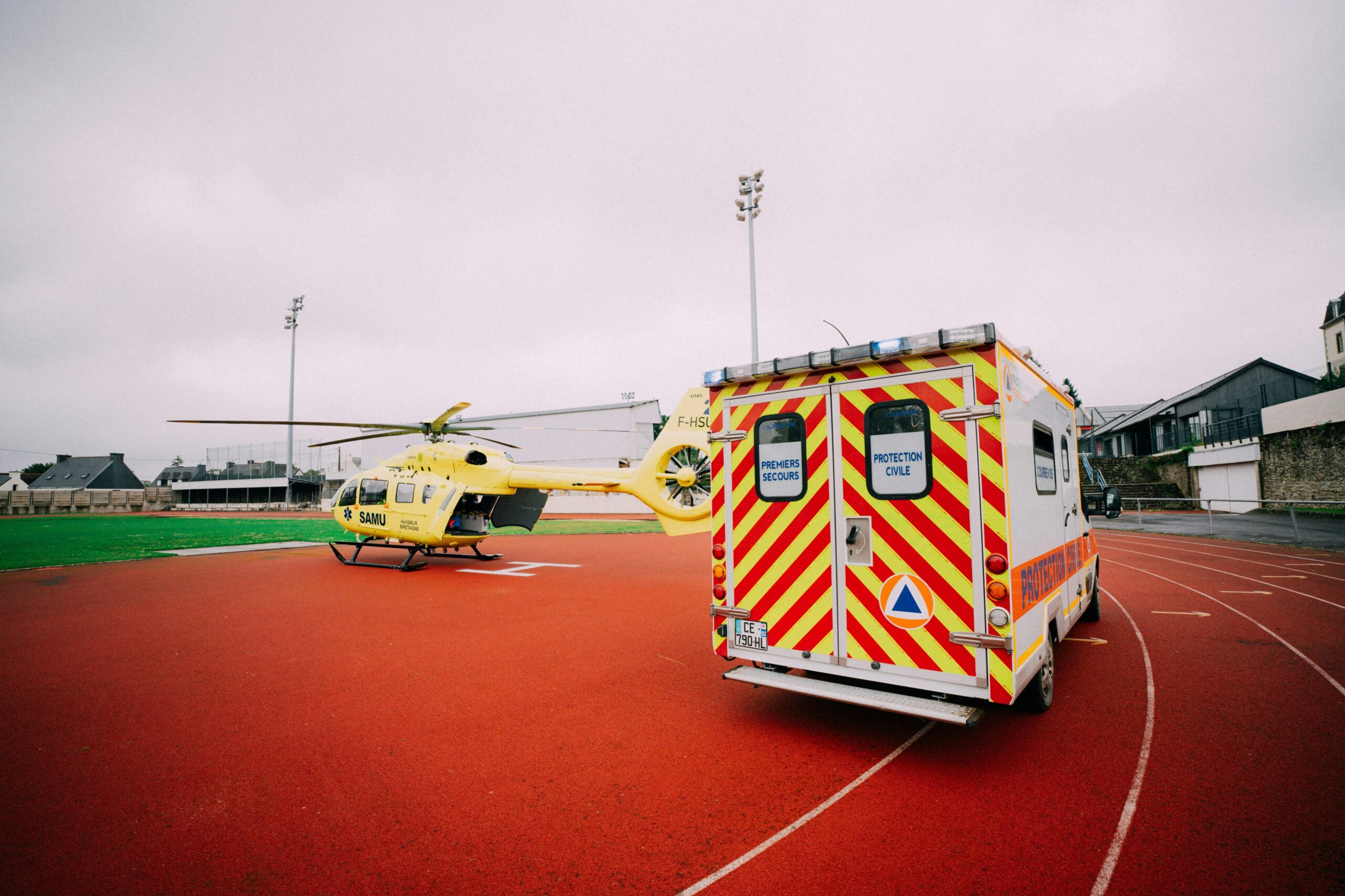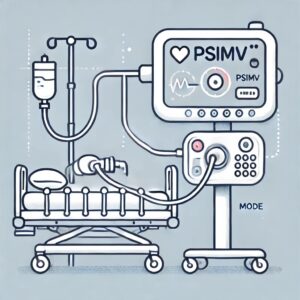Recognizing the Challenge
In the intricate landscape of healthcare, the swift and efficient transport of critically ill patients is often the pivotal link between survival and tragedy. As we navigate the complexities of interfacility transfers, it becomes evident that while advancements in technology and innovation have revolutionized critical care ground and air transport, there remains a pressing need to address underlying deficiencies in education, training, and infrastructure.
The Question of Preparedness
At the heart of the matter lies the fundamental question: Are patients too critical to transport, or is it our system’s failure to adequately prepare for their needs? The answer, I believe, lies in acknowledging the latter. Every critical patient represents a beacon of hope, where timely transport offers a lifeline. Yet, too often, the inability to transport these patients stems not from the severity of their condition but from gaps in our readiness to manage such transfers effectively.
Investing in Education and Training
Investing in EMS education and training is paramount to ensure that critical patients receive the care they urgently need. Up-to-date training in critical care transport and the cultivation of critical thinking skills among EMS professionals are essential. Medical directors play a crucial role in fostering a culture of continuous learning within EMS programs, promoting collaboration with various specialties involved in critical transports.
Addressing Technological Advancements
While technological advancements have undoubtedly enhanced critical care transport, they cannot replace the importance of comprehensive education and training. Despite the strides made in technology, accessibility to specialized facilities remains a challenge in many regions, underscoring the need for equitable access to high-quality healthcare.
A Collective Effort Towards Equity
Addressing these challenges requires a collective effort from healthcare providers, policymakers, and communities alike. By prioritizing investments in education, training, and infrastructure, we can work towards closing the gap and ensuring that every critical patient has a chance at life in a facility equipped to meet their needs.
Conclusion: Bridging Innovation and Preparedness
In conclusion, while advancements in technology have propelled critical care transport forward, there is still much ground to cover to ensure universal access to life-saving facilities. By bridging the gap between technological innovation and educational preparedness, we can strive towards a future where every critical patient receives the care they deserve, regardless of their location or circumstances.




